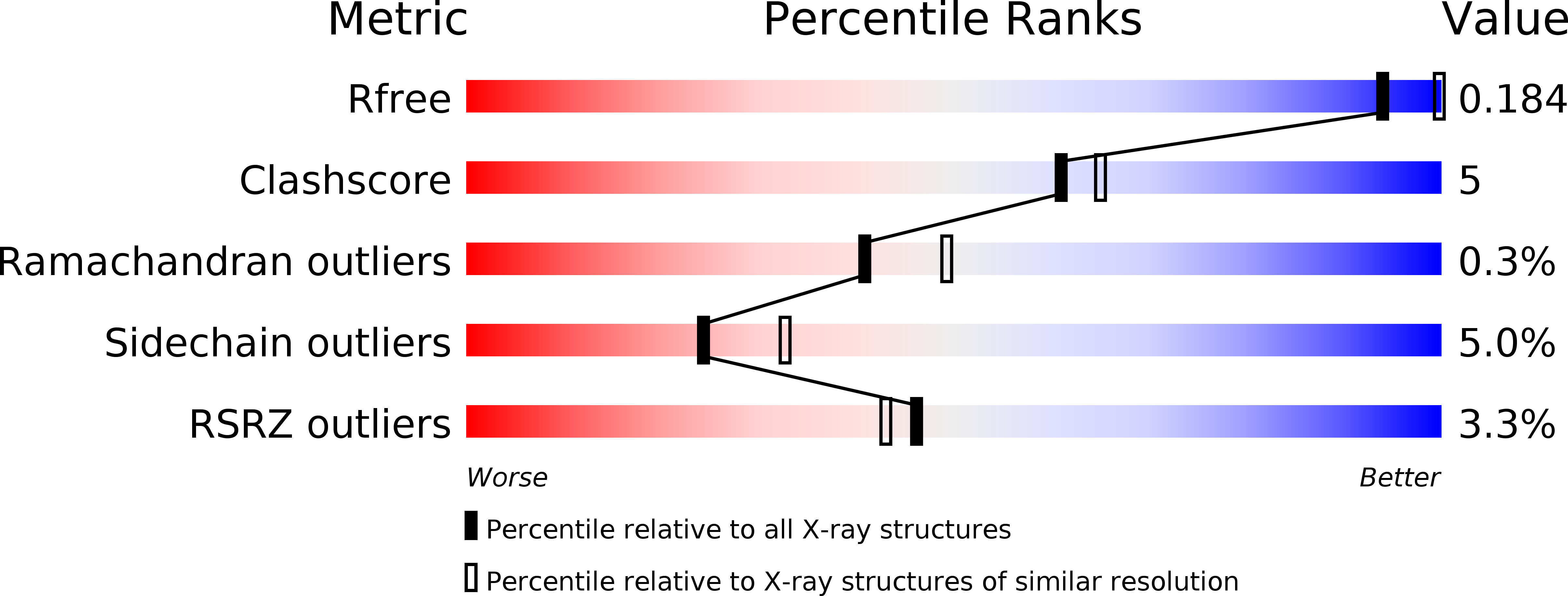
Deposition Date
2014-11-15
Release Date
2015-07-01
Last Version Date
2024-03-20
Entry Detail
PDB ID:
4WY5
Keywords:
Title:
Structural analysis of two fungal esterases from Rhizomucor miehei explaining their substrate specificity
Biological Source:
Source Organism:
Rhizomucor miehei (Taxon ID: 4839)
Host Organism:
Method Details:
Experimental Method:
Resolution:
2.43 Å
R-Value Free:
0.22
R-Value Work:
0.17
R-Value Observed:
0.18
Space Group:
P 1


